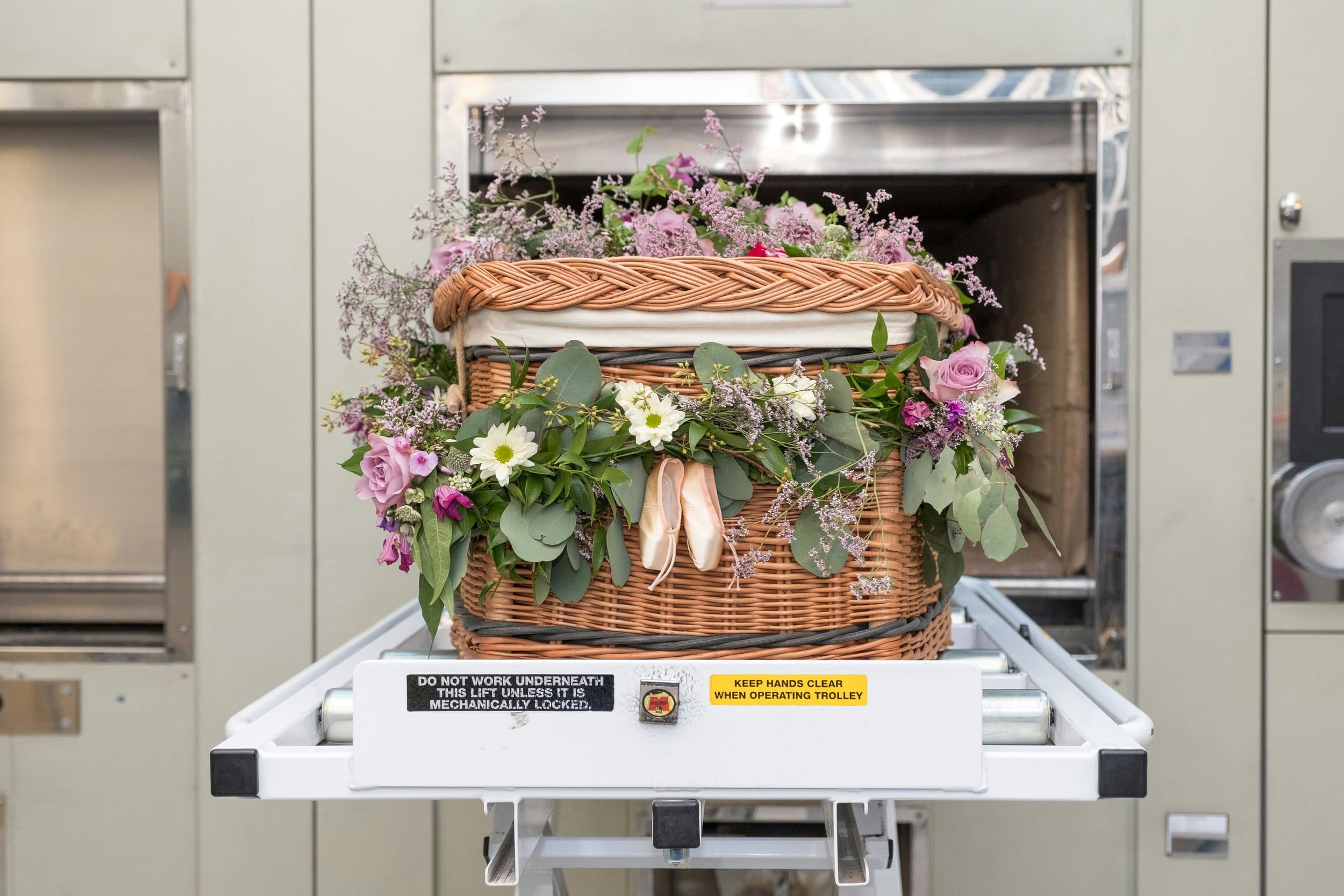Are you curious about the fascinating world of cremation and remains? Cremation is a practice that has been around for centuries and continues to be a popular choice for many individuals and families. In this article, we will explore 12 intriguing facts about cremation and remains that will shed light on this unique and meaningful process.
The History of Cremation
Cremation has a long history dating back thousands of years. Ancient civilizations such as the Greeks and Romans practiced cremation as a way to honor their deceased loved ones. Today, cremation is still a common choice for many cultures around the world.
Cremation Process Explained
During the cremation process, the deceased body is placed in a cremation chamber where it is exposed to high temperatures, typically between 1400 to 1800 degrees Fahrenheit. This process reduces the body to bone fragments, which are then pulverized into ashes.
Environmental Impact of Cremation
While cremation is generally considered to be more environmentally friendly than traditional burial, it still has an impact on the environment. The process releases carbon dioxide and other emissions into the atmosphere. However, advancements in technology are making cremation more eco-friendly.
Cremation vs. Burial
One of the main differences between cremation and burial is the final disposition of the remains. With cremation, the ashes can be kept in an urn, scattered in a meaningful location, or even turned into memorial jewelry. Burial, on the other hand, involves interring the body in the ground or a mausoleum.
Cultural Perspectives on Cremation
Cremation practices vary widely across different cultures and religions. While some cultures embrace cremation as a sacred ritual, others may view it as taboo or unacceptable. Understanding these cultural perspectives is essential in respecting diverse beliefs and traditions.
Cremation Myths Debunked
There are many myths and misconceptions surrounding cremation. One common myth is that cremation is a final disposition, when in reality, there are numerous options for what to do with the ashes. Another myth is that cremation is a more expensive option than burial, which is not always the case.
Memorialization Options
After cremation, there are various ways to memorialize a loved one. From scattering ashes at sea to creating a memorial garden, the possibilities are endless. Some families choose to keep the ashes at home in a decorative urn, while others opt for a biodegradable urn for a green burial.
Cremation Trends in the Modern Era
In recent years, there has been a rise in the popularity of cremation as more people seek alternative end-of-life options. Factors such as cost, environmental concerns, and changing attitudes towards traditional burial practices have contributed to this trend.
Cremation Jewelry and Artifacts
Cremation jewelry and artifacts are unique ways to keep a loved one close after they have passed. From pendants and bracelets containing a small portion of ashes to glass art made with cremains, these pieces serve as beautiful and meaningful reminders of those we have lost.
Legal Regulations and Cremation
Each state has its own laws and regulations regarding cremation. It is essential to understand the legal requirements for cremation in your area, including obtaining the necessary permits and documentation. Working with a reputable funeral home or crematorium can help ensure that all legalities are properly handled.
Cremation in Different Cultures
While cremation is widely accepted in many Western cultures, it may not be as common in other parts of the world. For example, in some Eastern cultures, cremation is considered taboo, and traditional burial practices are preferred. Understanding these cultural differences is crucial in providing respectful end-of-life care.
12 Fascinating Facts About Cremation and Remains
As we’ve explored the world of cremation and remains, we’ve uncovered 12 fascinating facts that highlight the significance and diversity of this practice. From its ancient origins to modern trends, cremation continues to be a meaningful choice for many individuals and families.
If you have feedback, questions, or ideas for future articles or Information Hubs, please contact us. Your insights help us create valuable content.


